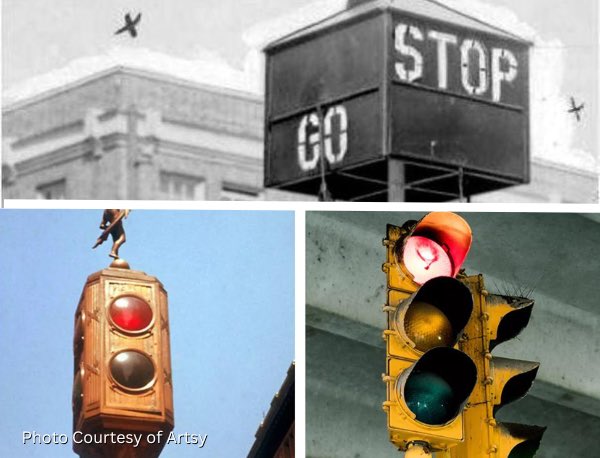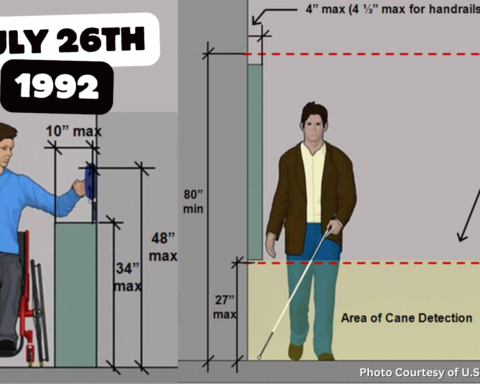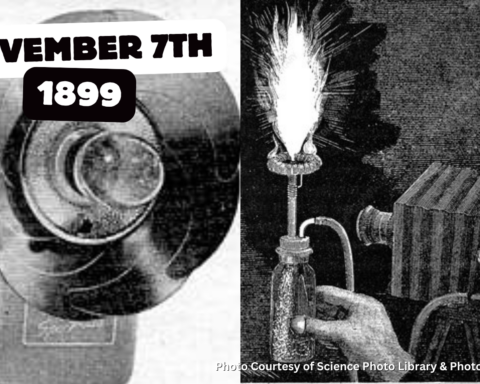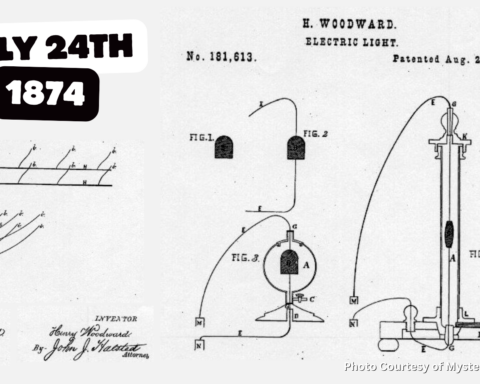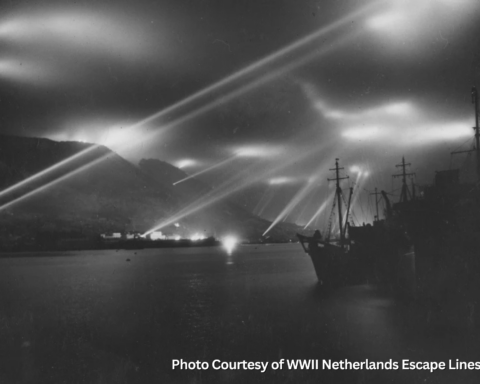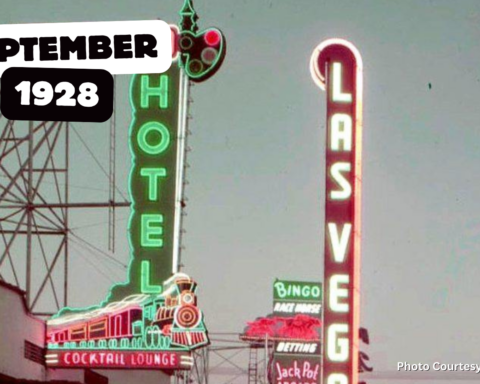In the bustling streets of urban America during the late 19th and early 20th centuries, chaos and confusion reigned supreme; however, a beacon of order and organization would soon emerge to reign in the madness in the streets. This beacon would come in the form of the electric traffic light—a marvel of engineering that would revolutionize the way people traversed urban landscapes, ensuring safety and efficiency for all.
This simple invention, created by a novice inventor, would not only bring order, reduce travel times, and have a profound impact on road safety, it would also make American cities more accessible, enabling economic growth and urban development.
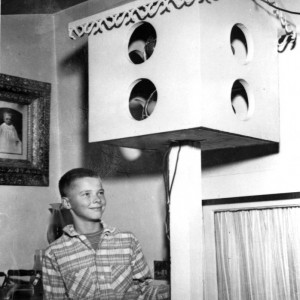
The year was 1912 when a 24-year-old Salt Lake City Police Officer named Lester Wire was tasked with heading up the city’s traffic bureau. At the time, traffic officers were stationed in the middle of the busy streets on top of platforms for long hours in all types of weather to direct traffic and attempt to manage traffic flow. It was a dangerous job that resulted in many injuries, and even deaths, of the officers. Lester was convinced that if he could move the officers out of the middle of the streets so they could direct traffic from the corners of the intersection, he would dramatically improve safety. So he set forth to create a signal device that could be placed in the middle of the intersections and operated remotely by the traffic officers to bring order to the streets.
His vision was simple yet groundbreaking – a system that would regulate traffic flow using colored lights. Wire’s first prototype was a yellow wooden box with a pitched roof that contained red and green incandescent lights on all four sides. He dipped the bulbs in red and green paint to give them color. He chose red and green because they were already being used for similar signal purposes as nautical lights and railway signals. His traffic light was mounted to a 10-foot pole, wired to the electrical lines of the city’s trolley system, and hand-operated by a police officer in a booth at the side of the road.
The public’s reaction to the new traffic light was mixed at best, with many viewing it as either a curiosity or a nuisance. And many motorists, unfamiliar with the traffic light, simply chose to ignore it. Wire would petition the city commission for more funding to install additional lights around the city, but his requests were consistently and deliberately ignored. However, over time, it became apparent that Wire’s traffic light was working and was becoming an invaluable tool as more motorists became used to the presence of traffic lights on Salt Lake City’s roads. And local companies, seeing an untapped market in the new invention, began producing traffic lights of their own.
In 1920, William Potts of Detroit, Michigan, grew worried by how traffic lights at a four-way intersection couldn’t be synced and were causing accidents, so he proposed that a third light was necessary to act as a warning light. He chose an amber / yellow light since that was already being used in other applications as a caution color.

These innovations, along with timers and automated control towers, started to be built in most major cities in America by 1922. Over time, several modifications were made to improve the functionality and reliability of these lights. The introduction of timers, automated switching systems, and standardized color schemes, transformed traffic lights into an indispensable part of urban infrastructure.
Lester Wire’s groundbreaking invention paved the way for the modern traffic light systems we see today. His vision and determination to bring order to the streets of Salt Lake City continue to shape our urban landscapes, making our daily commutes safer and more efficient. The electric traffic light stands as a testament to human ingenuity and the power of innovation in transforming society for the better.
Wire enlisted in the American Expeditionary Forces in 1917 as an ambulance driver, survived World War I, and returned to Salt Lake City in 1919. However, between his police duties, his wartime commitment, and his family commitments, Lester Wire never got around to patenting his traffic light invention. By the time he tried, it had been too long since his original invention, and he was unable to patent it per United States Patent and Trademark Office regulations. Wire never earned any money from his invention of the traffic light.
Featured image courtesy of Artsy.
